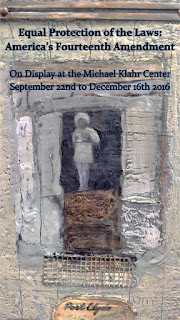I have been the assistant to some fine chefs over the years. I usually get fired. “Needs a high degree of supervision,” said one. “Too slow,” said another. So it was with relief that I allowed my ServSafe food service manager certification to expire this year. (Why I had it is a whole ‘nother story, which I shan’t tell you until the rest of the gang are safely rounded up.) It’s of little use to know that potato starch is a potential food allergen when you have no idea what to do with the stuff in the first place.
Nonetheless, as I sometimes huff, I can bake; it’s just straight-up high-school chemistry. I just don’t do it often. This means I get elected to make the pies at Thanksgiving. Well, that and the fact that nobody wants me in the kitchen on the actual day.
I also make cranberry chutney because the recipe came from my mother’s good friend. Nobody admits to actually liking it, but it wouldn’t be Thanksgiving without it.
I seem to have turned into a matriarch, something I have a hard time reconciling with my youthful sex appeal. Nevertheless, there appear to be some 18 of us gathering in Massachusetts. That means a lot of pies, and I have to make them early.
I also need to deliver some paintings to the Kelpie Gallery in S. Thomaston. Neither pies nor paintings spring fully formed from one’s imagination; they require actual time and effort, darn it. So the question was how to meet both obligations, and the answer was, imperfectly.
By evening, I had six paintings on my dining room table, which were not the complete inventory she asked for. One of them is putting up quite a fight. It’s been sent to time-out until it sees the wisdom of not changing its value structure in mid-painting. The rest look great, and I’m reminded again how a fresh set of eyes see new things in your work.
Pie crusts make me far more nervous than painting. My solution is to become extremely methodical, measuring the lard and butter into individual sets over here, and the flour and salt into individual bowls over there. The trouble is, my bedtime is 7 PM. My ancient food processor knew I was tired and was throwing tantrums. I called in backup: my unflappable husband. He measured while I laid hands on the dough and pronounced it good.
Then I went to bed and debated whether eight pies is really enough for 18 people. This is a recessive Italian gene. One can hide it, just as one can straighten one’s hair, but it still surfaces at the least opportune times.
That had better be enough, I told myself grimly. I need to bake those pies, load our car, and head down the road, stopping only to drop off the paintings and the dog (hopefully in the right places). Have a lovely and blessed holiday, my friends.






























